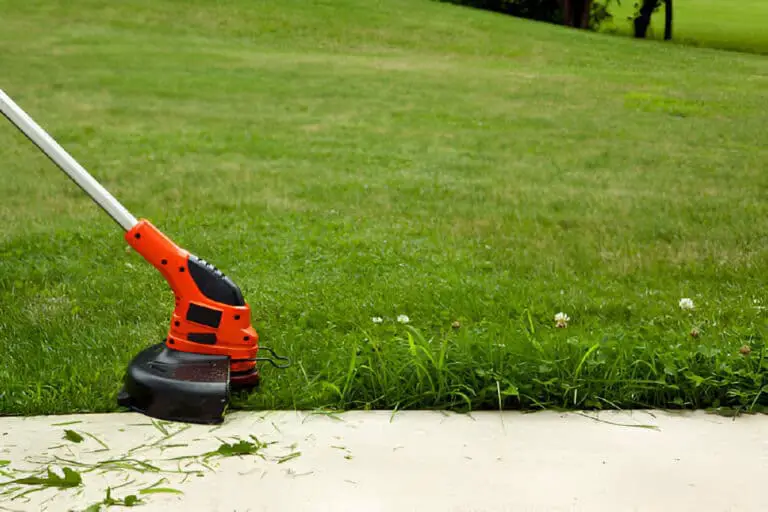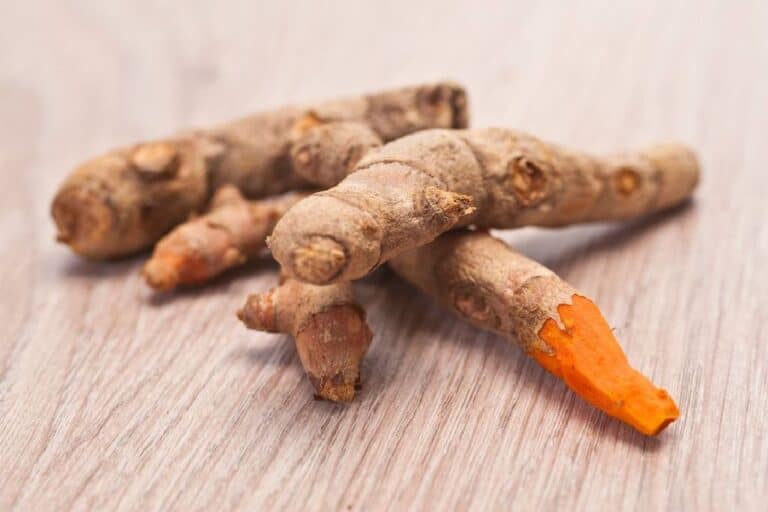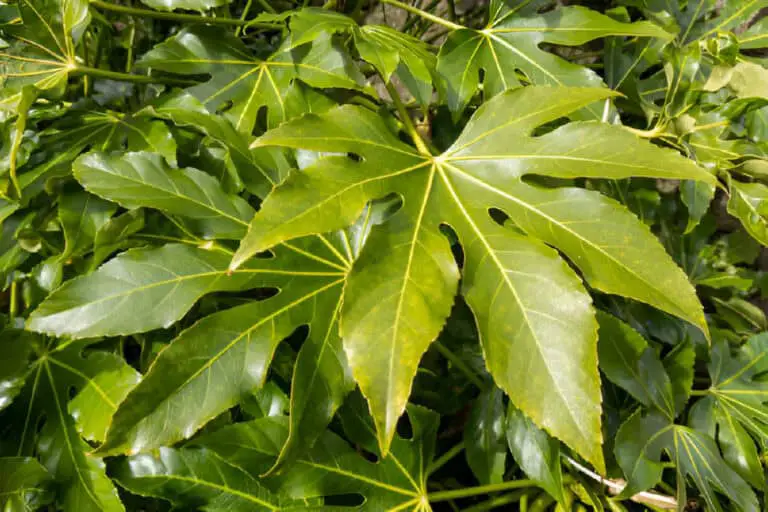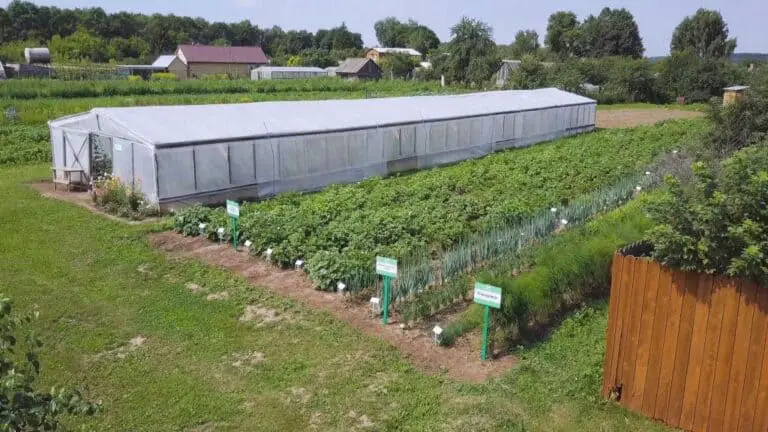How to Revive a Weak Magnolia Tree: Key Steps for a Stronger Plant
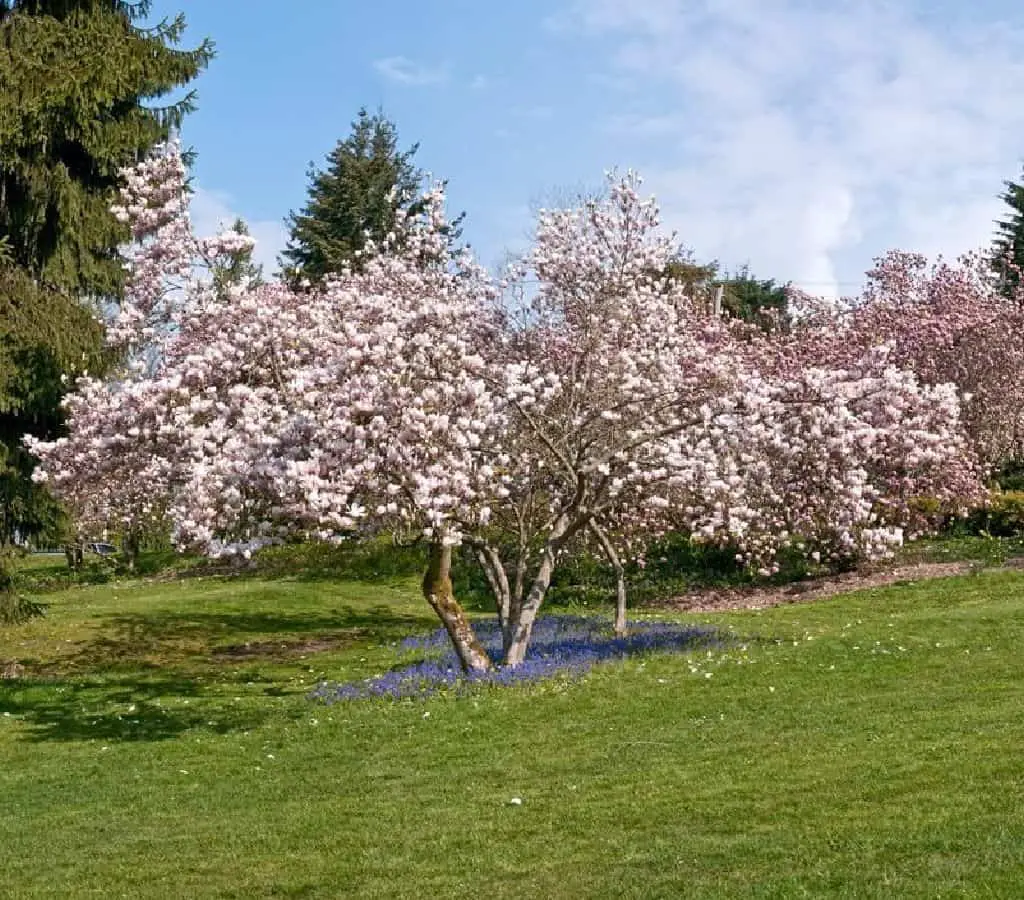
Magnolia trees are the garden’s equivalent of a grandiose opera performance—regal, show-stopping, and full of drama. They burst into bloom with stunning flowers that make you feel like you’ve stepped into a fairy tale. But what do you do when your magnolia isn’t putting on its usual show? If your once-majestic magnolia is looking a bit lackluster, don’t worry. With a bit of know-how and some TLC, you can help it reclaim its former glory.
Here’s your step-by-step guide to reviving a weak magnolia tree and getting it back to its show-stopping best.
Assessing Your Magnolia Tree’s Health
A weak magnolia tree often shows clear signs of distress, and identifying these early can make all the difference. Look for yellowing leaves, sparse foliage, wilting, or stunted growth. If you notice peeling bark, fungal growth, or dead branches, your tree may be suffering from disease or pest infestations. Additionally, check for signs of leaf spot, mildew, or cankers, which can indicate fungal infections.
Soil quality plays a crucial role in your magnolia’s overall health. Conduct a soil test to check for imbalances in pH and nutrient deficiencies. Magnolias prefer slightly acidic, well-draining soil rich in organic matter. Also, examine the roots—compacted or waterlogged soil can lead to root rot, while dry, cracked soil may indicate dehydration.
| Health Factor | Signs of Stress | Potential Issue |
| Leaves | Yellowing, spots, or curling | Nutrient deficiency, pests |
| Bark | Peeling, cracks, fungal growth | Disease or environmental stress |
| Roots & Soil | Mushy roots, poor drainage | Root rot, soil compaction |
Understanding your magnolia’s growth patterns is key to effective care. These trees require full to partial sunlight, consistent moisture, and seasonal pruning to thrive. By assessing your tree’s health and addressing underlying issues, you can take the first step toward reviving its beauty and strength.
Step 1: Diagnose the Issue
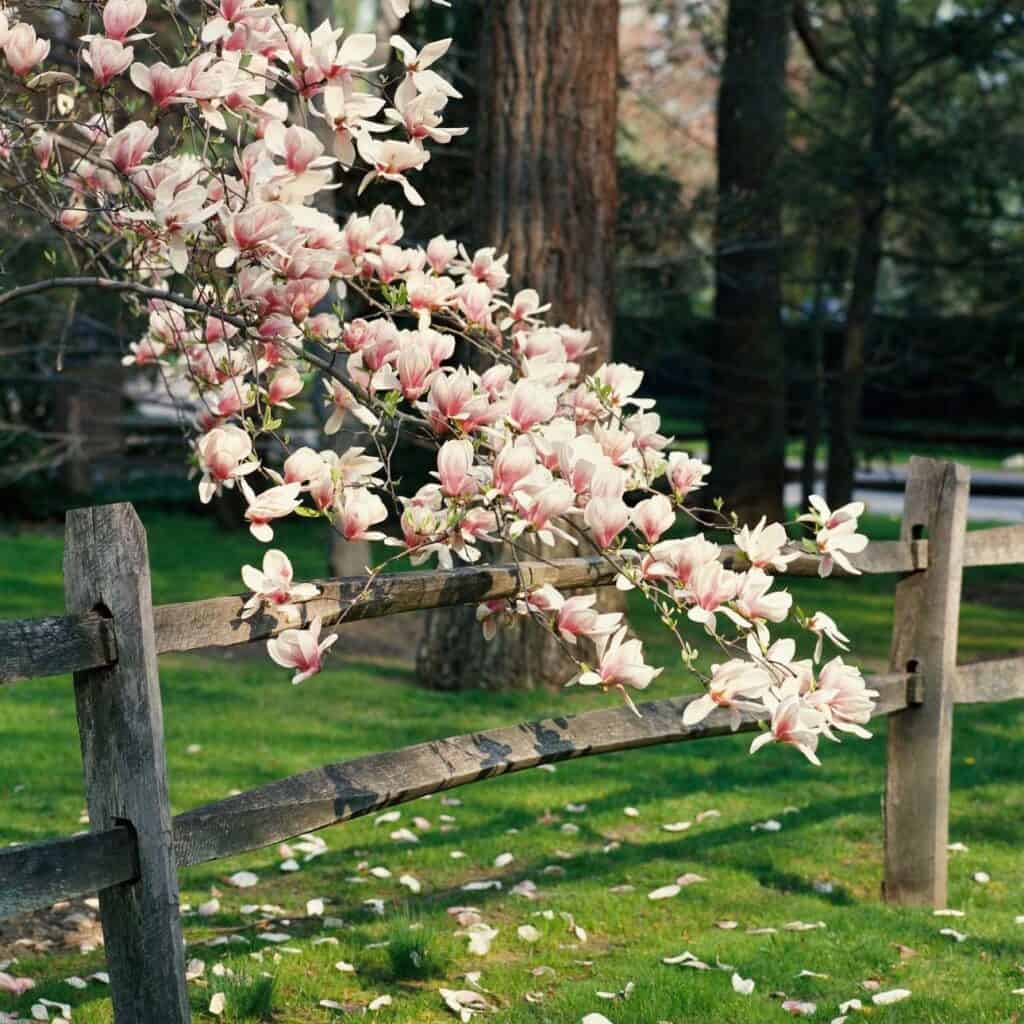
Before you jump into action, you need to understand what’s ailing your magnolia. Diagnosing the problem is like figuring out why a star performer is having an off night—you need to pinpoint the cause before you can fix it.
Common Issues for Weak Magnolias:
- Watering Woes: Too much or too little water can stress your tree. Magnolias love well-drained soil but can’t stand soggy feet.
- Nutrient Deficiencies: Lack of essential nutrients can lead to poor growth and lackluster blooms.
- Pest Problems: Aphids, scale insects, and other pests can sap the vitality from your tree.
- Disease: Fungal infections or bacterial issues can cause leaf spots, wilting, or other symptoms.
- Environmental Stress: Changes in weather, pollution, or nearby construction can also affect your magnolia.
Take a close look at your tree. Are the leaves turning yellow or dropping prematurely? Are magnolia losing their leaves? Is the tree struggling to put out new growth? By identifying the symptoms, you can target the treatment.
Step 2: Water Wisely
Watering is like the lifeblood of your magnolia tree. But, much like with a good meal, it’s all about balance. Too much water can lead to root rot, while too little can leave your tree parched and wilting.
Watering Tips:
- Deep, Infrequent Watering: Water your magnolia deeply but less frequently. This encourages deep root growth and helps the tree withstand dry periods.
- Check Soil Moisture: Stick your finger into the soil about 2 inches deep. If it feels dry, it’s time to water. If it’s still moist, hold off.
- Avoid Overwatering: Ensure the soil drains well. If water tends to pool around the base, improve drainage to prevent root rot.
| Watering Method | Benefits | Frequency |
| Shallow watering | Often leads to weak roots | Avoid this method |
| Deep watering | Promotes strong root growth | Once a week or as needed |
Step 3: Feed with the Right Nutrients
Think of fertilizing as giving your magnolia a hearty meal. Nutrients help it grow strong and healthy, so you need to make sure it’s getting the right balance of food.
Fertilizing Tips:
- Use a Balanced Fertilizer: Opt for a balanced, slow-release fertilizer designed for trees and shrubs. A formula like 10-10-10 works well.
- Feed in Spring: Apply fertilizer in early spring, just as new growth begins. This gives your magnolia the nutrients it needs to kick off the growing season.
- Avoid Over-Fertilizing: More isn’t always better. Follow the instructions on the fertilizer package to avoid burning the roots.
| Fertilizer Type | Benefits | Application Timing |
| Balanced (10-10-10) | Provides essential nutrients | Early spring, as new growth begins |
| High-nitrogen | Promotes foliage growth | Use if foliage is sparse |
Step 4: Prune Smartly
Pruning is like giving your magnolia a well-deserved haircut. It’s all about cutting away the old to make way for the new. But, just like a haircut, it should be done with care and precision.
Pruning Tips:
- Remove Dead or Diseased Wood: Cut away any branches that are dead, diseased, or damaged. This prevents further spread of disease and helps the tree focus on healthy growth.
- Shape the Tree: Trim branches that are crossing or growing inward. This improves air circulation and light penetration.
- Avoid Heavy Pruning: Magnolias don’t respond well to heavy pruning. Stick to removing just what’s necessary to maintain shape and health.
Step 5: Protect Against Pests and Diseases
Pests and diseases can be like hidden saboteurs, quietly working to undermine your magnolia’s health. Keeping an eye out for them and treating them promptly is key to a strong, healthy tree.
Pest and Disease Management:
- Inspect Regularly: Check your magnolia for signs of pests such as aphids or scale insects. Look for sticky residues, distorted leaves, or visible insects.
- Use Natural Remedies: For minor infestations, use natural remedies like insecticidal soap or neem oil. They’re effective and less harsh than chemical treatments.
- Treat Diseases Promptly: If you notice fungal infections or bacterial spots, treat them with appropriate fungicides or bactericides.
| Issue | Signs | Treatment |
| Aphids or Scale Insects | Sticky residue, distorted leaves | Spray with insecticidal soap or neem oil |
| Fungal Diseases | Leaf spots, mildew | Apply fungicide as directed |
Step 6: Improve Soil Quality
Soil quality is the foundation of your magnolia’s health. If the soil is poor, your tree will struggle no matter how much you water or fertilize. Improving soil quality can make a big difference.
Soil Improvement Tips:
- Test the Soil: Use a soil testing kit to check for pH levels and nutrient deficiencies. Magnolias prefer slightly acidic soil (pH 5.5 to 6.5).
- Amend the Soil: If needed, amend the soil with organic matter like compost to improve texture and nutrient content.
- Ensure Good Drainage: If your soil retains too much water, improve drainage by adding sand or organic matter to help the soil breathe.
| Soil Condition | Signs | Improvement Method |
| Poor drainage | Water pools around the base | Amend soil with sand or compost |
| Nutrient deficiency | Poor growth, discolored leaves | Add compost or balanced fertilizer |
Step 7: Patience and Consistent Care
Here’s the secret ingredient to reviving a weak magnolia: patience. Trees don’t bounce back overnight. Give your magnolia time to adjust to the changes and continue to care for it consistently.
Conclusion: Bringing Back the Majesty
Reviving a weak magnolia tree is like nursing a once-great actor back to health. It takes attention to detail, a bit of knowledge, and a whole lot of patience. With the right care, your magnolia can return to its former splendor, blooming beautifully and standing tall as a symbol of resilience and grace.
So, if your magnolia tree is looking a bit under the weather, don’t despair. Follow these steps, give it the care it needs, and watch as it transforms from weak to majestic once again. Here’s to nurturing your tree back to health and enjoying its magnificent beauty for years to come!

